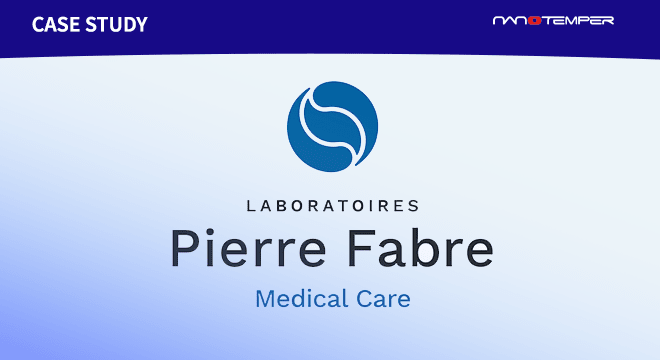
Voltage-gated sodium channels, or Navs, are responsible for initiating and propagating action potentials in excitable cells. Essentially, they form pores in cell membranes for ions to flow in and out of cells. These channels control rapid signaling pathways in nerves and muscles that are critical for everything from thought and heartbeat to pain and the sensation of touch.
Recently, a team of scientists published their work in Science on the structure of the Nav ion channel. To start, they used Prometheus to precisely monitor the thermal unfolding profile of an engineered chimeric Nav channel in order to study various potent small molecule inhibitors and selective modulators. Based on that data, they used a lethal scorpion toxin that comes from the Androctonus australis to lock a protein involved in pain signaling in a specific position. From there, they then took Cryo-EM images that revealed interactions that affect the protein’s functionality.
Voltage-gated Nav channels are essential in all cells for electrical signaling, however, their mechanism of action is poorly understood. By systematically and carefully constructing structural variants of the Nav channels, the researchers of this article have a better understanding on how these channels function and why certain mutations in Nav proteins could cause pain in human diseases and conditions. This can lead to the potential design of targeted therapeutics to address these disorders.
Read the Science publication and uncover how you can use Prometheus in your research.





















